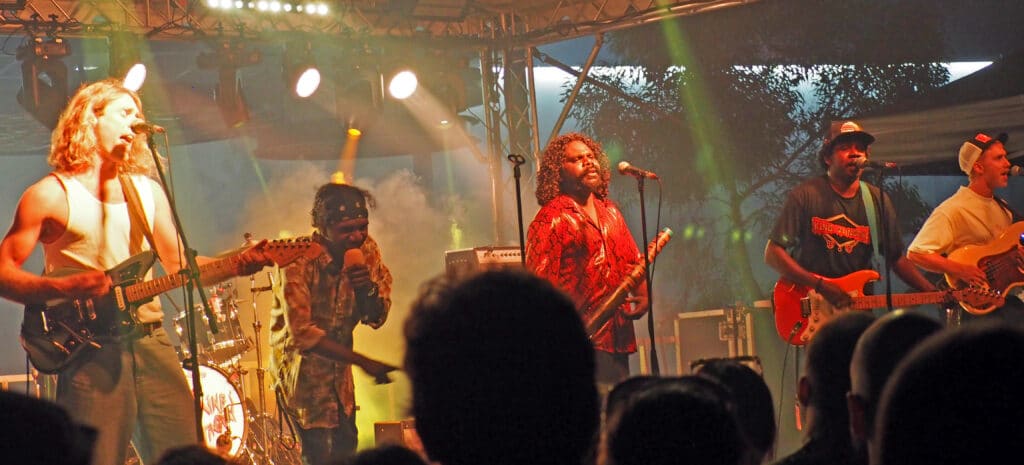Project-Based Learning: Toward a World-Centered Music Education
Jonathan Edan Dillon University of Utah, USA
Citation: Dillon, J. E. (2023). Project-based learning: Toward a world-centered music education. International Journal of Education & the Arts, 24(13). http://doi.org/10.26209/ijea24n13
In this article, Dillon draws on Gert Biesta’s understanding of “world-centred education”.
Educational questions are fundamentally existential questions, that is, questions about our existence ‘in’ and ‘with’ the world. World-centred education: A view for the present by Gert Biesta
Biesta draws attention to a dichotomy in the way education is designed. One one end of the spectrum, curriculum-centric education over-emphasises content and curriculum at the expense of students’ needs. (Sound familiar?) At the other end, a student-centric education prioritises freedom for students to explore their own interests in their own way, meaning that they may miss opportunities to learn from more knowledgeable others. Biesta argues that this dichotomy can be resolved by focusing on the existential: what students learn, what they will do with what they learn beyond the classroom, and how this knowledge and learning connects with who they are and how they understand the world.
Dillon specifically critiques the ensemble tradition of music education, which is often highly teacher controlled. He argues that project-based learning is a way for students to take more responsibility for their learning, making choices and solving problems, with the teacher making timely redirections to guide students. This guidance is not intended to avoid problems, but to create opportunities to learn and engage with the world.
The article draws together a number of examples to illustrate what this may look like in the classroom, and how the teacher might support students’ learning:
- Tasks that students to continually reflect on the relationships between themselves, others and the world. For example, the teacher sets an open-ended composition task responding to the prompt “How do I hear my world?”
- Open-ended tasks that contain structured, achievable components.
- Teachers offering timely interventions that provide an obstacle for students to overcome, for the purposes of achieving a specific learning outcome.
In your classroom, how do you support students to express their thoughts and ideas about the world? How does your classroom foster and support growing independence? What might you do differently? Do you think this is important for students?
Read the article in full: http://www.ijea.org/v24n13/v24n13.pdf
 This summary was prepared for ASME Insights by Dr Rachael Dwyer.Rachael is a Lecturer in Curriculum and Pedagogy at the University of the Sunshine Coast, and is National Vice-President of ASME. Her research expertise lies in teacher education policy, music and arts education. Her scholarship is focused on creating social change, through decolonizing, arts-based approaches to teaching, advocacy and research, and sharing her scholarship in ways that impact policy and practice. Rachael has published extensively for a range of audiences, and has received research funding from International Teaching Artist Collaborative (ITAC) and Alberts | The Tony Foundation.
This summary was prepared for ASME Insights by Dr Rachael Dwyer.Rachael is a Lecturer in Curriculum and Pedagogy at the University of the Sunshine Coast, and is National Vice-President of ASME. Her research expertise lies in teacher education policy, music and arts education. Her scholarship is focused on creating social change, through decolonizing, arts-based approaches to teaching, advocacy and research, and sharing her scholarship in ways that impact policy and practice. Rachael has published extensively for a range of audiences, and has received research funding from International Teaching Artist Collaborative (ITAC) and Alberts | The Tony Foundation.
ASME Insights provides access to easy-to-read summaries of recent research in music education, highlighting the ways that the research could inform your classroom practice. ASME Insights is edited by Dr Rachael Dwyer.


